The French King Louis XIV founded the first ballet school in the 17th century. So, this is why we used French terms in ballet. The basic positions of feet and arms were codified here. Then, these movements are the most essential part of ballet. You need to master the five positions of ballet if you want to have a good technique. In this article, I’m going to give you some tips for every position and describe each of them. But please, you always should practice ballet under your teacher’s supervision, especially if you are a beginner.
At the beginning of any ballet class, you should dance with the help of a barre. This serves as a point of support during the preliminary exercises. Also, this barre trains your muscles for turn-out and alignment, and builds stability on the standing leg. Besides, it helps you to concentrate on the leg you are training. This first part of the ballet class is known as barre work.
Table of Contents
It’s crucial to have a good pair of ballet shoes and a barre for your daily practice. You can view buying guides here:
What is ballet turnout?
This is another key concept in ballet. The turn-out is the rotation of the leg to 90°, which causes the feet and knees to turn outward. So, I mean that the movement comes from your hips, not from your ankles. The French term for this is dehors.
Only a few people are born with a perfect turn-out. But if you aren’t one of those people, don’t worry. If your goal is to become a ballet dancer and you train persistently and properly, you’ll achieve it. Just in case, I let you a video with exercises that will help you to improve your turnout.
What are the five positions of the feet in ballet?
*First position: With the heels touching, turn out your legs until your feet form a perfect line. A 180° turnout is considered a “complete turnout” and it isn’t possible without conditioning.
*Second position: Turn your feet the same as in the first position, but with the legs slightly apart. The space between them should be the equivalent of one foot long.
*Third position: In the third ballet position, both feet are still rotated outward, and the heel of one foot is in front of the centre of the other. You can perform it with either leg in front. Generally, this pose is used in preparation for reaching the fifth position.
*Fourth position: Cross your feet so that the heel of one foot is at the same height as the toes of the other, and vice versa. There should be a space between the feet equivalent to the length of one foot.
*Fifth position: And finally, the fifth position. You need to have mastered all the before movements to do this position correctly. Cross your feet so that the heel of one foot touches the toe of the other, and vice versa.
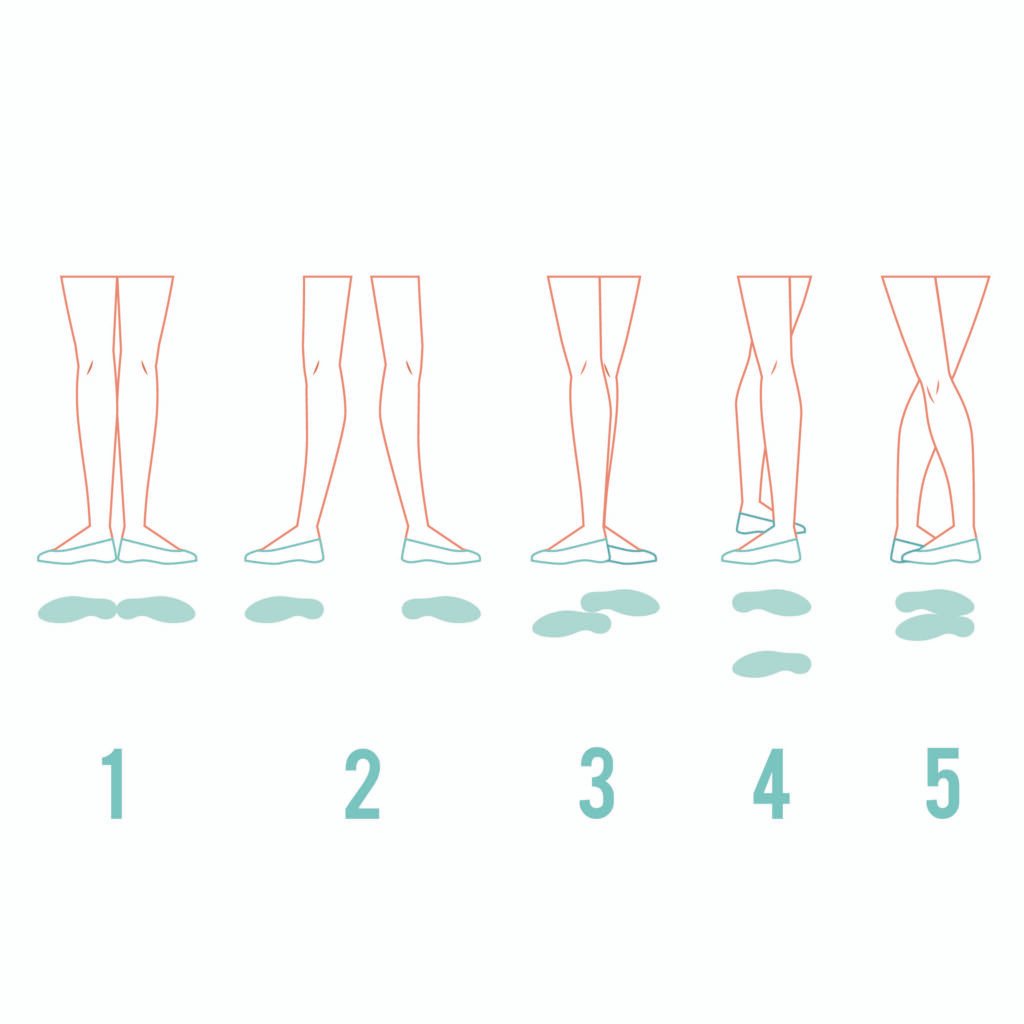
Tips for all foot positions
Have you ever tried a handstand? Maybe you’ve noticed that to be able to stay a long time, you had to press your hands into the ground. Well, to maintain a correct posture, you should press into your feet and the pads of your fingers to gain your strength. This will also help stretch the muscles in your legs and make you look more willowy.
Besides, remember that you should fully stretch your legs in all positions.

What are the five positions of the arms in ballet?
Just as there are five positions for the feet, there are five positions for the arms plus an extra position called Bra Bas.
*Bras bas: This is also known as the preparatory position. To do this position correctly, your arms are down and round with both hands just in front of the hips, fingers almost touching.
*First position: Starting from the bras bas, place your arms in front in an oval shape, with your hands curved and your fingers grouped elegantly and naturally. Relax your thumbs so they don’t lift. A very useful tip is to imagine that you are hugging a big balloon. Also, the tips of your fingers should be in line with your belly button.
*Second position: Starting from the first position, open your arms out to the sides. Elbows are slightly lower than your shoulders. In other words, the arms mustn’t pass the line of the shoulders. Relax your hands, without drooping.
*Third position: One of your arms is in the second position, and the other is in the first position.
*Fourth Position: One of your arms is in the first position, and the other is in the fifth position.
*Fifth Position: Raise both arms in an oval shape, framing the face, but without moving the shoulders. Without looking up, know that your fingers are slightly in front of your head.
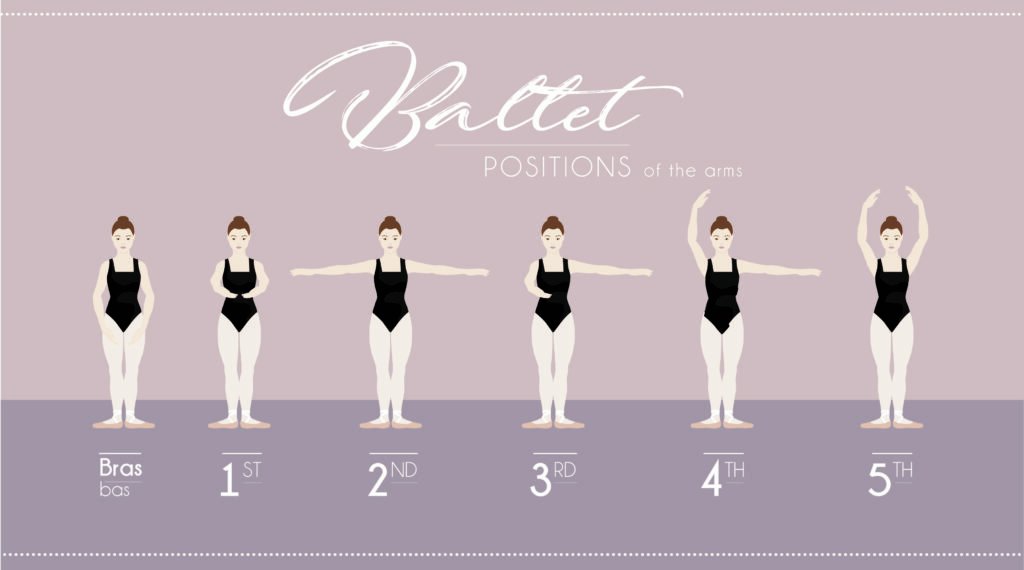
Tips for all positions
Remember to contract your belly and bottom muscles. What is more, never lift your shoulders. To get this, you should push your shoulder blades down. This will make your neck look long and thin.
Whenever an arm is rounded in front of the body, it should be extended as much as possible, preserving a rounded appearance. Besides, they should be in line with the fork of the ribs. Also, remember that arms shouldn’t pass beyond an imaginary line drawn down the centre of the body
To sum up, it’s key that you polish these positions because all the rest of the movements of the ballet come from them. Don’t forget that practice makes the master!
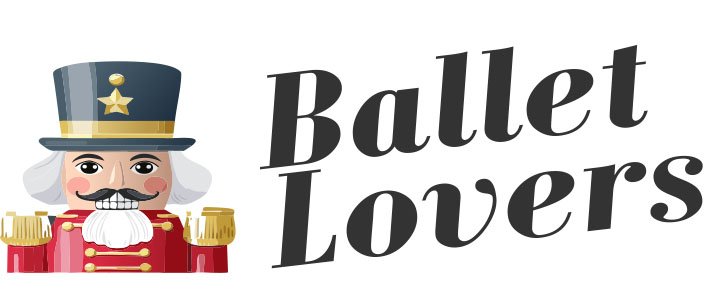

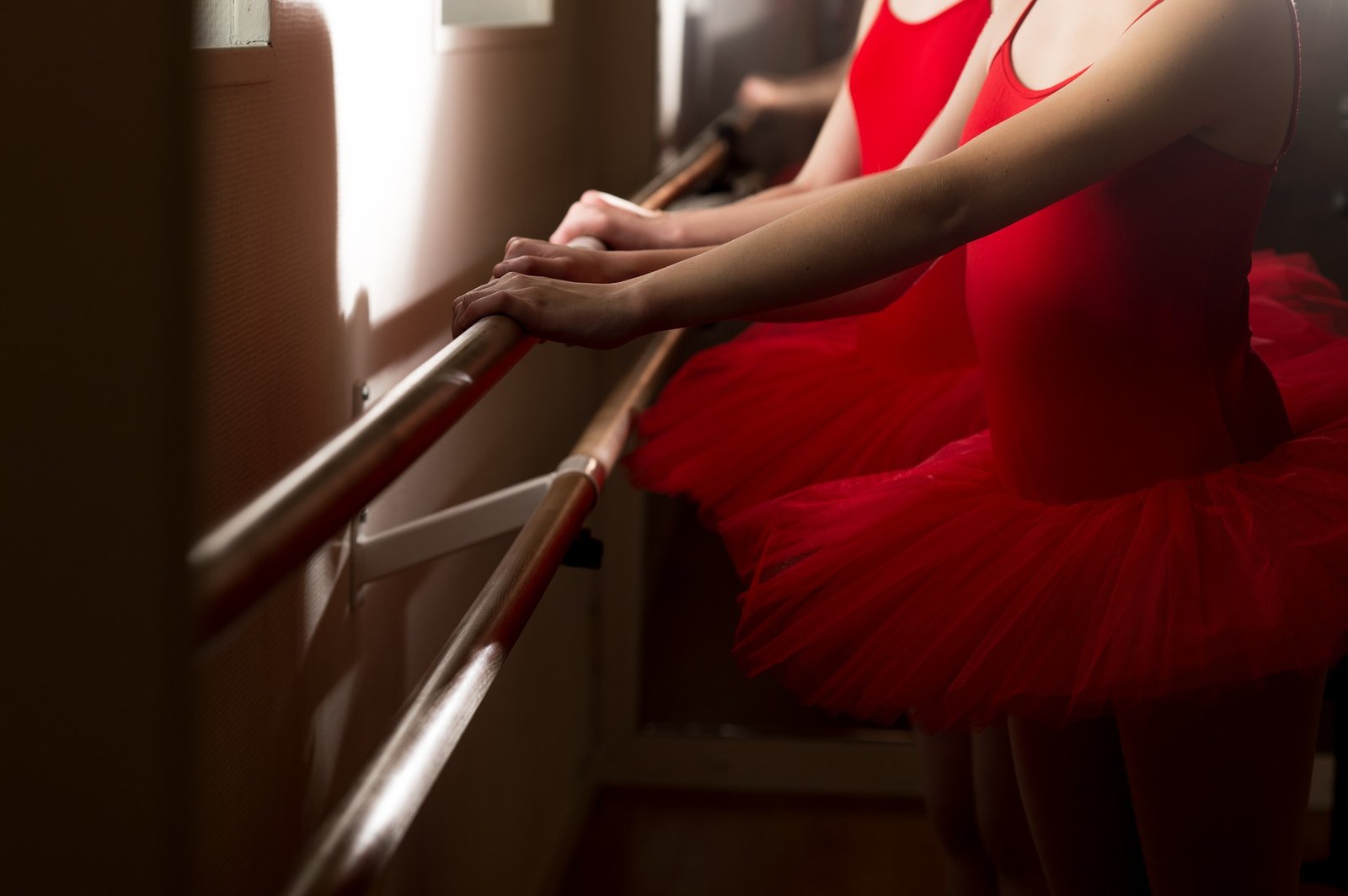


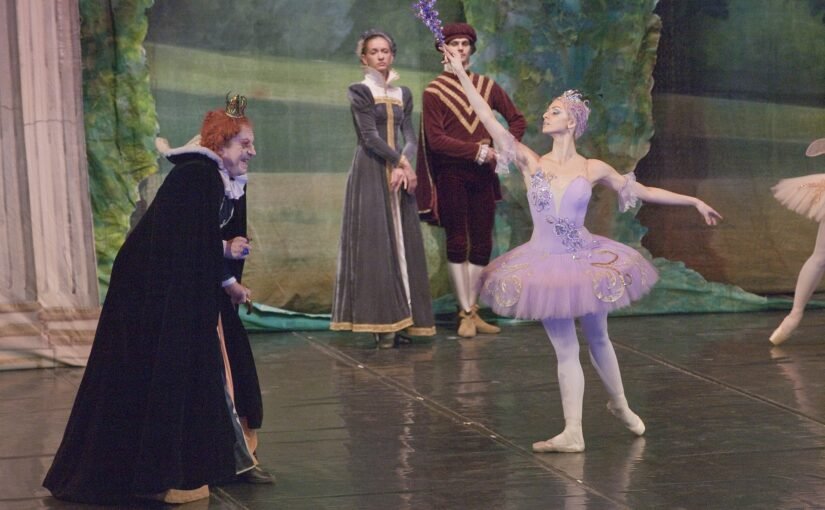

Leave a Reply